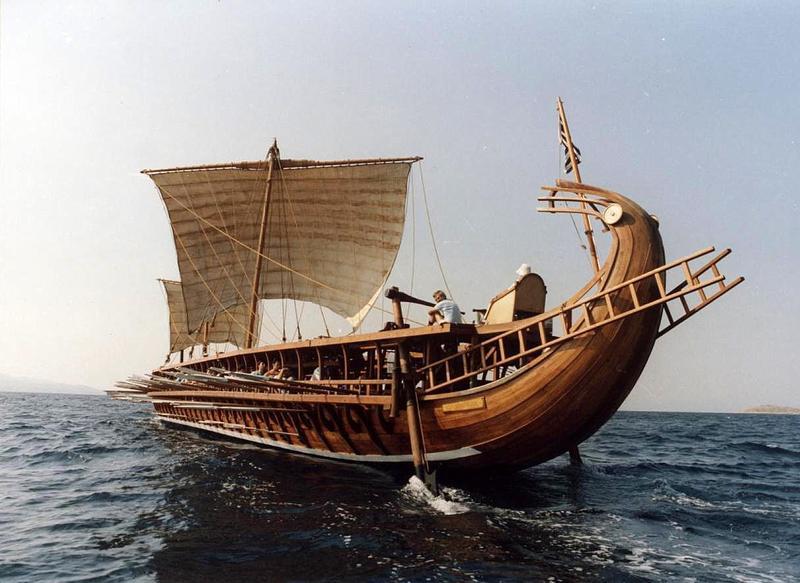Egyptian Cocaine Mummies And The First Discovery Of The Americas
Egyptian Cocaine Mummies And The First Discovery Of The Americas
These days, lots of people feel that Christopher Columbus wasn’t the first non-American to set foot in the New World. The Vikings, Chinese, Greeks, and Italians could have been his predecessors. There’s also an opinion that ancient Egyptians were in the Americas as far back as 1,000 BC. The main reason behind their proposed travel is quite surprising.
Dr. Svetla Balabanova made a shocking find while analyzing the mummy of a member of the ancient Egyptian elite – traces of nicotine and cocaine. The question soon arose: How did Lady Henut Taui have access to components from the tobacco and coca plants around 3,000 years back?
The curious part is that these plants are thought to have only grown in the Americas at the time – they were not exported across the sea until the 19th century. The confusion led investigators to wonder whether the mummy was fake or the evaluations were contaminated. But a comprehensive evaluation of the results reveal they were accurate. Does this imply that the ancient Egyptians had reached the Americas?

A examination in the 1970s of the mummy of Ramesses II revealed fragments of tobacco leaves in its abdomen. ( CC BY SA 3.0 )
Preliminary findings reveal that Egyptians were proficient at navigating the seas. For example, Queen Hatshepsut is known to have financed a trip to the mysterious Land of Punt around 1477 BC. A relief depicting the travel was discovered in Deir el-Bahri (in modern day Luxor). This mural reveals big ships packed with men, trees, gold, and exotic animals. The fauna and flora displayed in the art is considered to have existed along the coasts of African and the Arabian Peninsula. These findings reveal that the early Egyptians could complete some longer oceanic voyages.
A 2011 discovery made on the Red Sea coast, furthered the belief in the seafaring capability of the ancient Egyptians. An archaeologist working in a dried-up lagoon came across the ruins of an ancient harbor. Timber, rigging, reed mats, steering oars, cedar planks, and limestone anchors were unearthed.

Original knots that were joining the main parts of the Khufu Boat. The cedar timbers of the ship’s curved hull were lashed together with hemp rope in a technique utilized until recent times by traditional shipbuilders on the shores of the Red Sea, the Persian Gulf, and the Indian Ocean. (kairoinfo4u/ CC BY NC SA 2.0 )
Possible signs of an unproven Egyptian voyage to the Americas has been found in the Marble Region of the Grand Canyon. The Arizona Gazette reported on April 5, 1909 two explorers funded by the Smithsonian located various Egyptian artifacts, such as tablets with hieroglyphics, inside caves.
The problem is the Smithsonian has no known records of this discovery. That find would offer powerful evidence to support the belief ancient Egyptians reached the Americas – although it can also be considered inconvenient by some groups to go against the narrative of the ‘discovery’ of the Americas, since it might radically alter perceptions of events and the celebration of traditions such as Columbus Day.

Egyptian tomb painting from 1450 BC ( Public Domain )
Be the first to post a message!
